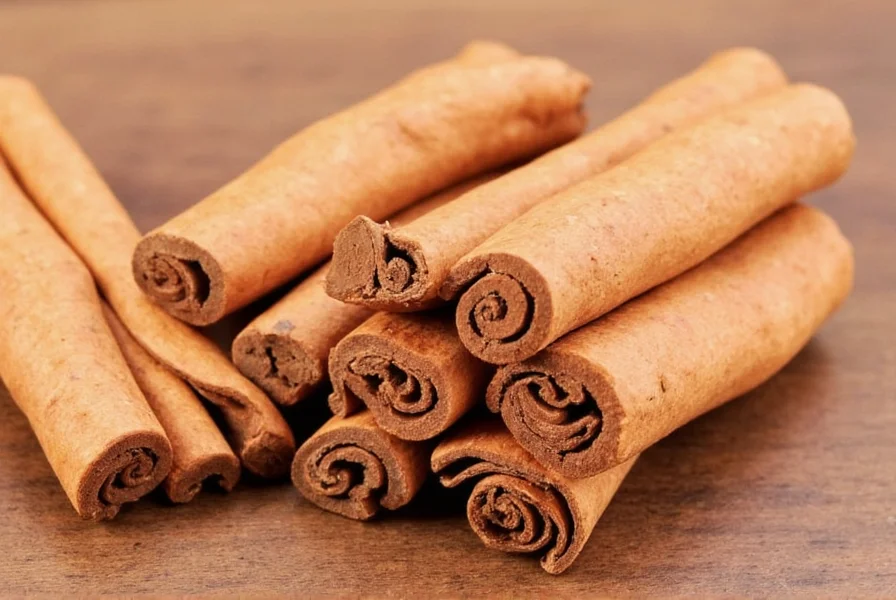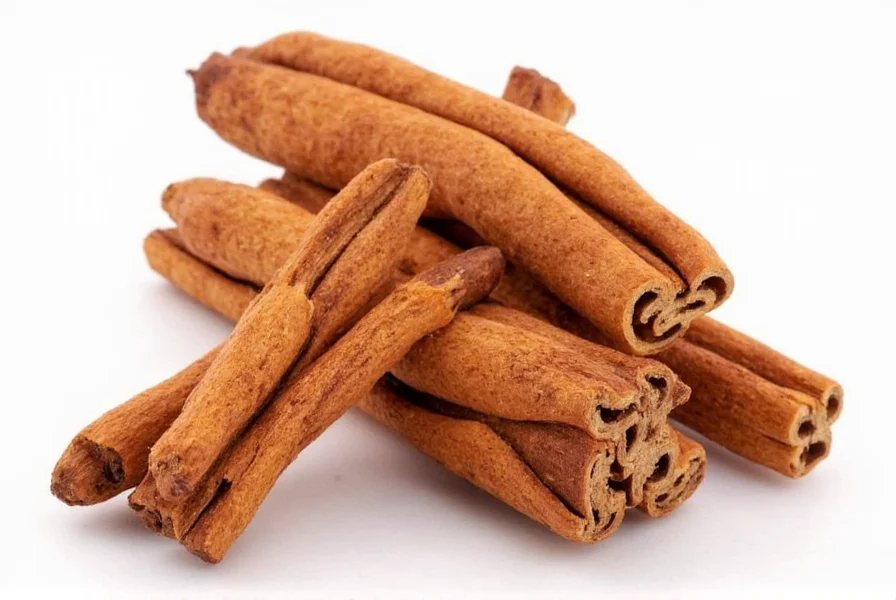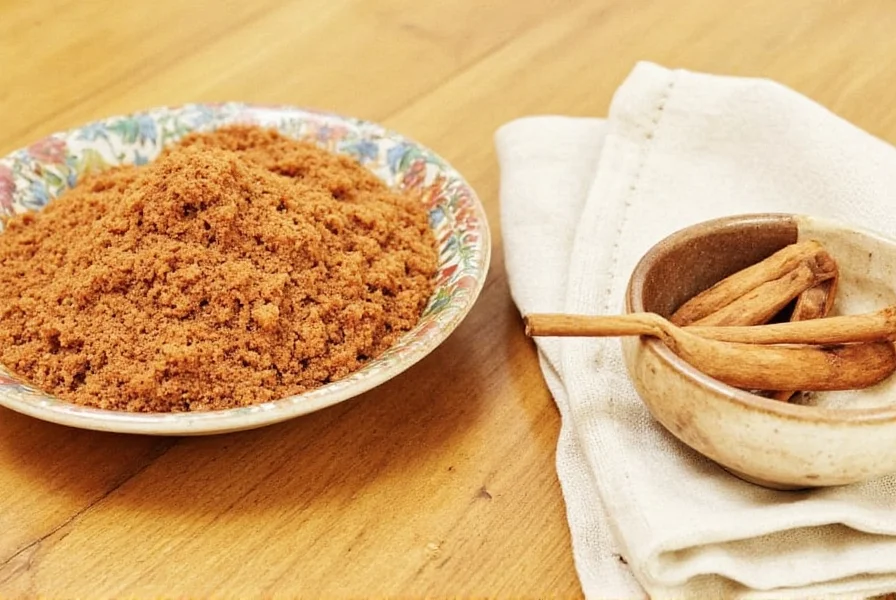Vietnamese Saigon cinnamon represents one of the most potent cinnamon varieties available globally, prized by professional chefs and home cooks alike for its robust flavor profile. Unlike common misconceptions, this isn't merely "regular" cinnamon with a geographic label—it's a specific botanical variety (Cinnamomum loureiroi) with distinctive chemical composition and sensory characteristics.
Understanding Vietnamese Saigon Cinnamon Characteristics
Grown predominantly in Vietnam's Central Highlands region, particularly in Quang Nam and Kon Tum provinces, this cinnamon variety develops its signature intensity due to the region's unique terroir—volcanic soil, high altitude, and tropical climate. The bark is harvested from trees aged 2-3 years, producing thick, tightly rolled quills with a deep reddish-brown color.
When comparing Vietnamese Saigon cinnamon vs regular cinnamon, the most notable difference lies in cinnamaldehyde concentration. While standard cassia cinnamon contains 50-60% cinnamaldehyde, Vietnamese Saigon typically reaches 75-95%, creating that signature powerful aroma and lingering heat. This makes it particularly valuable for applications where cinnamon flavor must stand out against other strong ingredients.

How Vietnamese Saigon Cinnamon Differs From Other Varieties
Understanding the difference between Vietnamese Saigon cinnamon and Ceylon cinnamon is crucial for culinary applications. The table below outlines key distinctions:
| Characteristic | Vietnamese Saigon Cinnamon | Ceylon Cinnamon | Chinese Cassia |
|---|---|---|---|
| Scientific Name | Cinnamomum loureiroi | Cinnamomum verum | Cinnamomum aromaticum |
| Coumarin Content | 1-5% | 0.004-0.1% | 0.5-2.5% |
| Cinnamaldehyde | 75-95% | 50-65% | 60-80% |
| Flavor Profile | Intense, sweet-spicy, robust | Mild, delicate, citrus notes | Moderately strong, woody |
| Quill Structure | Thick, single-layer, tight curl | Thin, multiple layers, soft curl | Moderately thick, tight curl |
Culinary Applications and Best Uses
Professional bakers seeking Vietnamese Saigon cinnamon benefits will appreciate its performance in applications requiring bold cinnamon presence. This variety shines in:
- Spice blends for Vietnamese pho and other Southeast Asian dishes
- Baked goods where cinnamon flavor must cut through rich ingredients (cinnamon rolls, snickerdoodles)
- Infused syrups and beverages requiring strong cinnamon presence
- Meat rubs for game meats and pork
- Preserves and fruit compotes needing pronounced spice notes
When substituting Vietnamese Saigon cinnamon for other varieties, use approximately 30-50% less due to its intensity. For example, where a recipe calls for 1 teaspoon of Ceylon cinnamon, start with 1/2 teaspoon of Vietnamese Saigon and adjust to taste.
Health Considerations and Research
While exploring Vietnamese Saigon cinnamon health benefits, consumers should understand both potential advantages and limitations. Current research indicates possible benefits related to blood sugar regulation and antioxidant properties, though most studies use concentrated extracts rather than culinary amounts.
The higher coumarin content necessitates moderation—health authorities recommend limiting intake to 0.1mg coumarin per kilogram of body weight daily. For most adults, this translates to approximately 1-2 teaspoons of Vietnamese Saigon cinnamon daily. Those with liver conditions or taking blood thinners should consult healthcare providers before regular consumption.
Identifying Authentic Vietnamese Saigon Cinnamon
Learning how to identify authentic Vietnamese Saigon cinnamon prevents purchasing mislabeled products. Genuine products display these characteristics:
- Aroma: Immediate, powerful sweet-spicy scent when unsealed
- Color: Deep reddish-brown (not light tan like Ceylon)
- Texture: Hard, brittle quills that shatter when bent
- Taste: Intense heat followed by sweet notes, lingering finish
- Solubility: Releases color quickly in liquids (unlike Ceylon)
When sourcing where to buy genuine Vietnamese Saigon cinnamon, look for suppliers who provide harvest location details and recent harvest dates. The best products come from the Central Highlands region and carry harvest dates within the past 12-18 months, as cinnamon flavor compounds degrade over time.

Proper Storage Techniques
Maximizing Vietnamese Saigon cinnamon shelf life requires proper storage. Keep ground cinnamon in airtight containers away from light and heat, consuming within 6 months for peak flavor. Whole quills maintain quality for 1-2 years when stored properly. Never store near stovetops or in clear containers exposed to light, as both accelerate flavor degradation.
Common Misconceptions Clarified
Several myths surround this cinnamon variety. Contrary to popular belief, "Saigon" in the name doesn't indicate origin in Ho Chi Minh City (formerly Saigon), but rather references the historical export route through Saigon port. Additionally, while often marketed as superior, it's not universally better—Ceylon remains preferable for delicate applications where subtle spice notes are desired.
Conclusion
Vietnamese Saigon cinnamon offers a distinctive flavor profile that enhances specific culinary applications where bold cinnamon presence is desired. Understanding its chemical composition, proper usage guidelines, and identification markers ensures optimal incorporation into cooking and baking. When used appropriately with awareness of its intensity and coumarin content, this variety provides unique sensory experiences unavailable with milder cinnamon types.
Frequently Asked Questions
Is Vietnamese Saigon cinnamon the same as regular cinnamon?
No, Vietnamese Saigon cinnamon (Cinnamomum loureiroi) is a specific variety of cassia cinnamon with higher cinnamaldehyde content (75-95%) compared to standard cassia (50-60%). This creates a more intense, sweeter, and spicier flavor profile with distinctive reddish-brown quills.
How much Vietnamese Saigon cinnamon can I safely consume daily?
Due to higher coumarin content (1-5%), limit consumption to 1-2 teaspoons daily for most adults. Those with liver conditions or taking blood thinners should consult healthcare providers before regular use, as coumarin may affect liver function and blood clotting.
What makes Vietnamese Saigon cinnamon different from Ceylon cinnamon?
Vietnamese Saigon has significantly higher cinnamaldehyde (75-95% vs 50-65%) and coumarin content (1-5% vs 0.004-0.1%) than Ceylon. It features thicker, single-layer quills with intense heat and sweetness, while Ceylon has delicate, multi-layer quills with subtle citrus notes.
How can I verify if my Vietnamese Saigon cinnamon is authentic?
Authentic products show deep reddish-brown color, emit an immediate powerful aroma, have hard brittle quills that shatter when bent, and deliver intense heat followed by sweet notes. Check for Central Highlands origin details and harvest dates within 12-18 months for optimal freshness.
What are the best culinary uses for Vietnamese Saigon cinnamon?
This variety excels in applications requiring bold cinnamon presence: Vietnamese pho spice blends, baked goods with rich ingredients, meat rubs for game meats, infused syrups, and fruit preserves. Use 30-50% less than other cinnamon types due to its intensity.











 浙公网安备
33010002000092号
浙公网安备
33010002000092号 浙B2-20120091-4
浙B2-20120091-4